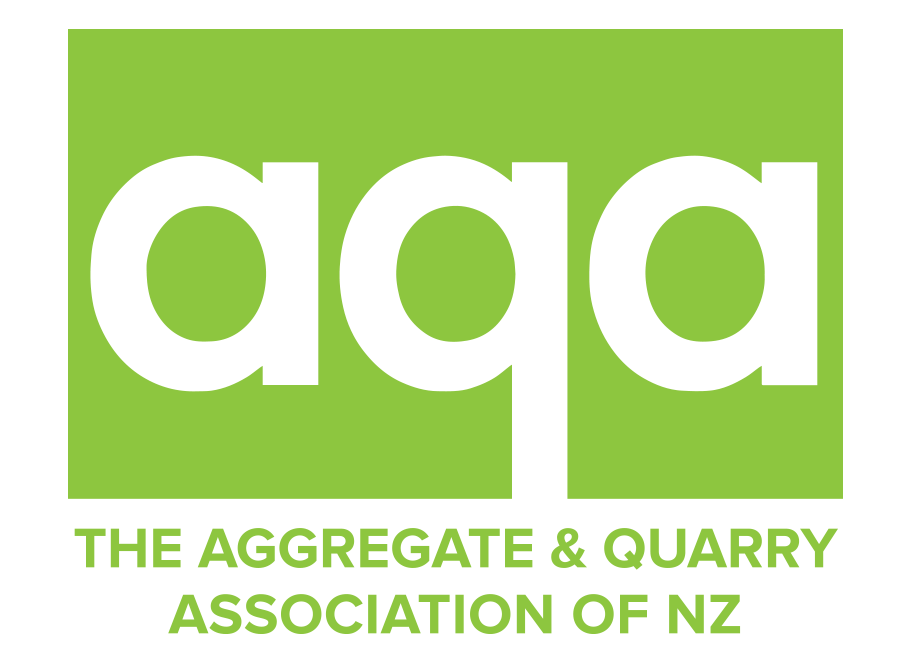Successive governments have failed to plan where quarried materials will come from for New Zealand roads and buildings. Unless rapidly addressed, Aggregate and Quarry Association CEO Wayne Scott says all the promises of infrastructure being key to the COVID-19 response, will be delayed and cost taxpayers dearly.
This month usually sees the annual conference of the quarry industry, often held in Wellington in election year so we can engage the politicians. Across successive administrations we have heard how important quarries are to New Zealand’s future.
COVID-19 saw our conference postponed till July 2021. By that time, whichever major party or coalition is in power, you’d think that there would be major infrastructure projects rolling out around the country as the lead response alongside our primary sector to our economic crisis. In fact, we may only see a trickle rather than a torrent of such work whether it’s a red or blue coalition.
The reason? Because politicians of all persuasions have only paid lip service to ensuring the rock, stone and sand which form the foundation for all infrastructure can actually be provided.
That’s despite the mounting costs to tax and rate payers of failing to plan for quarries. Transmission Gully’s delays and cost blow-outs are the latest example. Despite being talked about since US marines offered to do the job in World War 2, there’s never been a planning exercise which looked at where the huge quantities of necessary rock, aggregate and sand were going to come from. Transmission Gully’s 27 kilometres of highway across four lanes will require more than 750,000 tonnes or 20,000 truckloads of construction aggregates.
Sure, there are existing quarries in the Wellington region but their products are also needed for all existing and new roading projects, along with water and other infrastructure suffering from years of neglect and an expanding housing market in a relatively strong economy – until COVID-19.
A behemoth like Transmission Gully needed multiple sources of supply; only in relatively recent times has one additional quarry been brought into production – a previously disused quarry being re-opened.
The project was started under the last Government without the necessary planning and not much has changed under the current administration. Both failed to get the message that you cannot build anything unless you have sufficient supplies of locally sourced quarry materials.
As a result, taxpayers ended up paying to cart material from as far north as Huntly and across the Cook Strait. Quarry materials are cheap as chips – perhaps $20-$25 per tonne at the gate; the major cost comes is transporting it. One can only shudder at what a 1,000km round trip from Huntly to Wellington meant for taxpayers per truckload, not to mention the totally unnecessary carbon emissions.
Little wonder Transmission Gully is now a $1b+ project (up from $850m) and its forecast opening this year may now stretch into 2022.
The Ōpōtiki Wharf development provides an example of what planning for local rock supply can contribute to a project. A halt was called a couple of years ago when the costs blew out towards $150m, in large part because it was proposed to haul in rock from nearly 100km away.
The AQA worked with GNS Science and identified potentially five sources of supply close to Ōpōtiki, some existing quarries and others needing resource consents. This assisted the February announcement by the Government that the project is going ahead, with a price tag not much more than half the earlier highest projection. (Local rock supply didn’t make up all the savings but was a big contributor).
The AQA has since been supporting a bid for GNS to complete a national survey of aggregate resources. We are yet to get the necessary $600,000 in funding from Government; this would identify where the rock resources would come from for the billions of infrastructure spend both major parties promise if they win office.
Such planning would also allow areas containing existing and future viable supplies of suitable rock to be roped off and protected by exclusion zones, so as to avoid the approval of non-compatible land uses (e.g housing) close to these nationally important resources. This will not only protect New Zealand’s aggregate resources but avoid resource consent disputes which quarries often get drawn into with close and sometimes quite distant neighbours.
We’ve written a briefing document on these issues and sent it to all MPs. We are disappointed with the lack of response from all parties. The most positive response came from Green Party leader, Climate Change Minister, James Shaw. He at least may appreciate the carbon savings that planning for local quarries would deliver (we also supply the materials for rail ballast, cycleways, footpaths, walkways…).
Readers can view the document on the AQA website. Given our conference attendees can’t question the politicians this election, perhaps readers might ask some questions as the election approaches.
We don’t want any stones thrown – let’s just get some glasshouse transparency on where they see the materials coming from for all those infrastructure promises.
You can also read this on Stuff.



